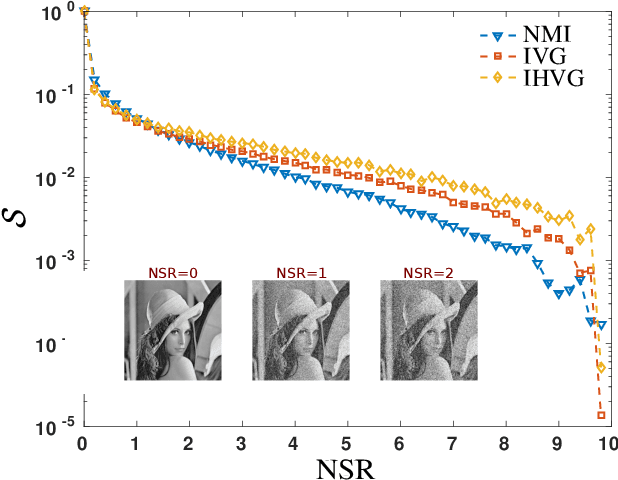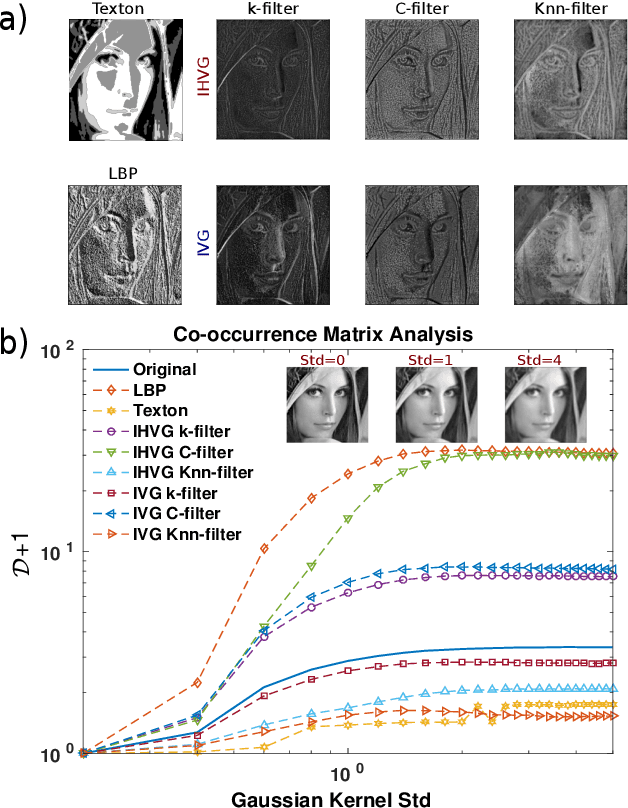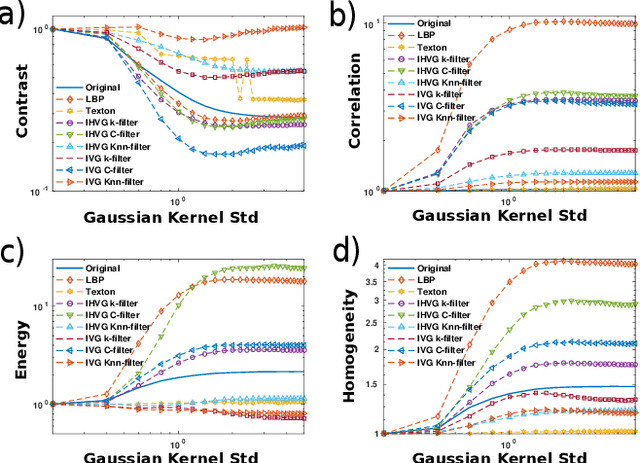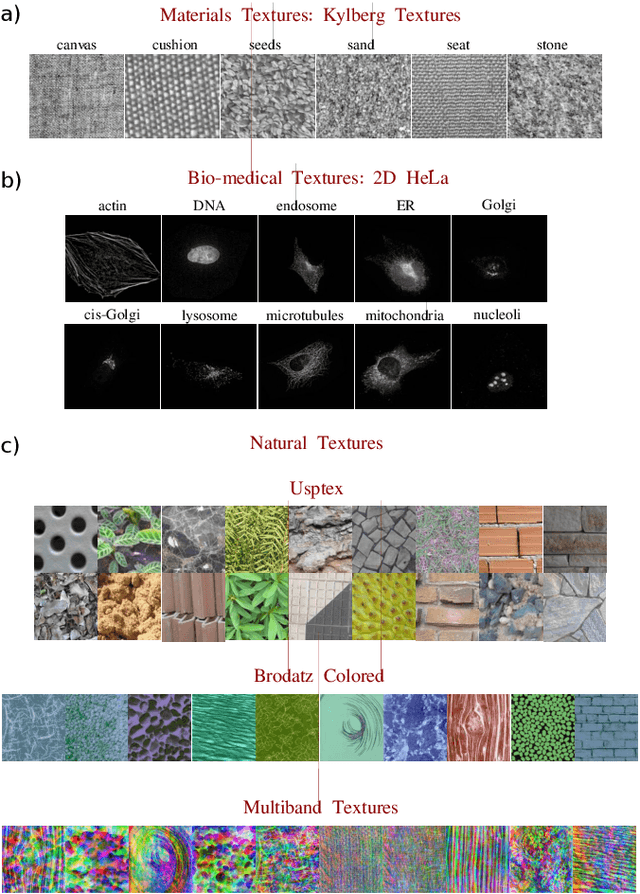Jacopo Iacovacci
Visibility graphs for image processing
Apr 19, 2018



Abstract:The family of image visibility graphs (IVGs) have been recently introduced as simple algorithms by which scalar fields can be mapped into graphs. Here we explore the usefulness of such operator in the scenario of image processing and image classification. We demonstrate that the link architecture of the image visibility graphs encapsulates relevant information on the structure of the images and we explore their potential as image filters and compressors. We introduce several graph features, including the novel concept of Visibility Patches, and show through several examples that these features are highly informative, computationally efficient and universally applicable for general pattern recognition and image classification tasks.
Sequential visibility-graph motifs
May 02, 2016



Abstract:Visibility algorithms transform time series into graphs and encode dynamical information in their topology, paving the way for graph-theoretical time series analysis as well as building a bridge between nonlinear dynamics and network science. In this work we introduce and study the concept of sequential visibility graph motifs, smaller substructures of n consecutive nodes that appear with characteristic frequencies. We develop a theory to compute in an exact way the motif profiles associated to general classes of deterministic and stochastic dynamics. We find that this simple property is indeed a highly informative and computationally efficient feature capable to distinguish among different dynamics and robust against noise contamination. We finally confirm that it can be used in practice to perform unsupervised learning, by extracting motif profiles from experimental heart-rate series and being able, accordingly, to disentangle meditative from other relaxation states. Applications of this general theory include the automatic classification and description of physical, biological, and financial time series.
 Add to Chrome
Add to Chrome Add to Firefox
Add to Firefox Add to Edge
Add to Edge